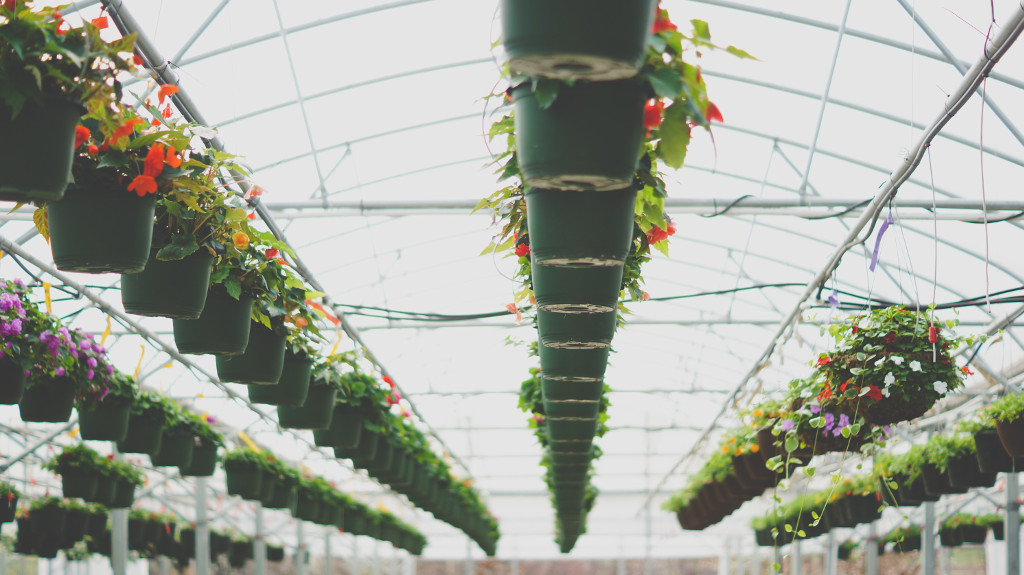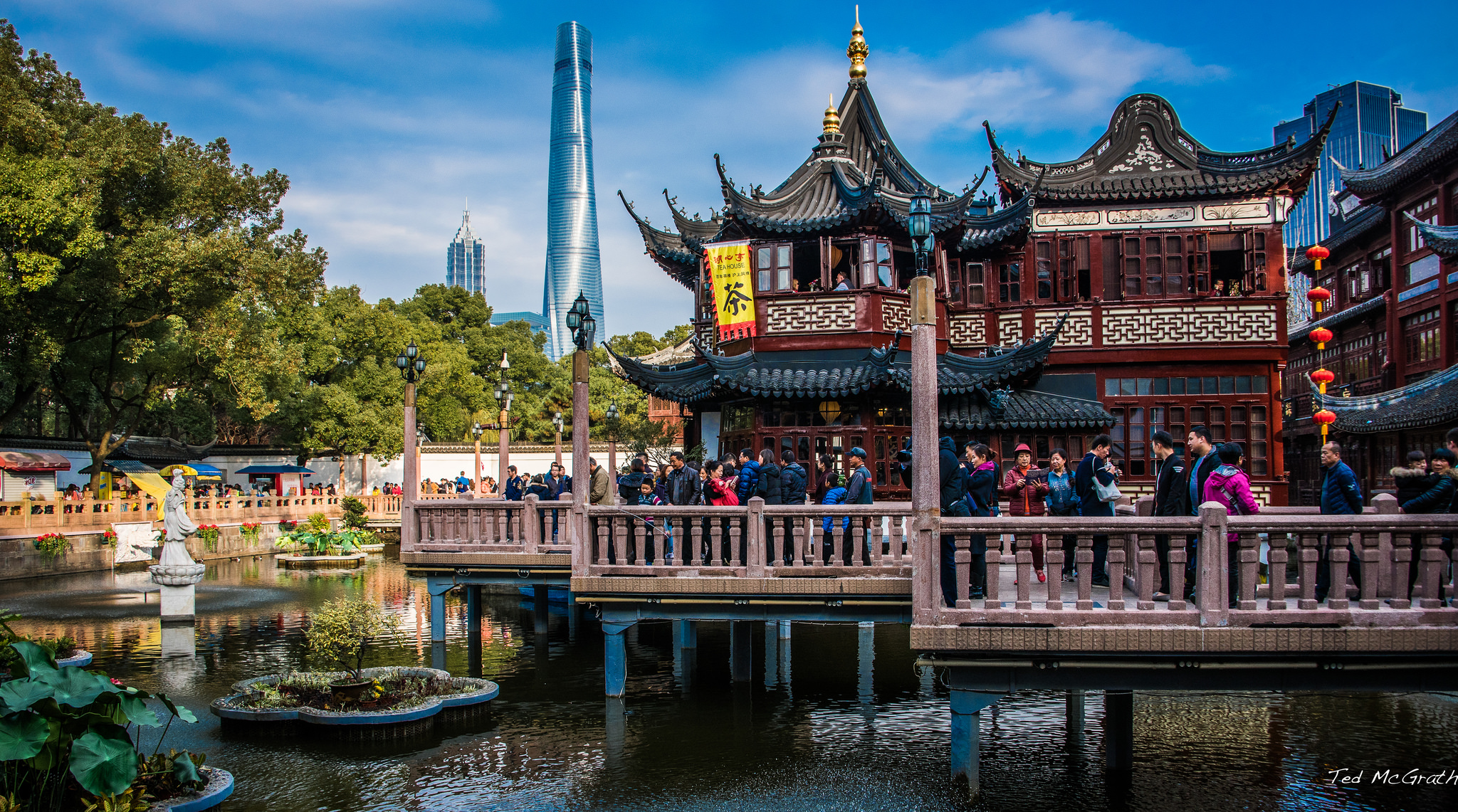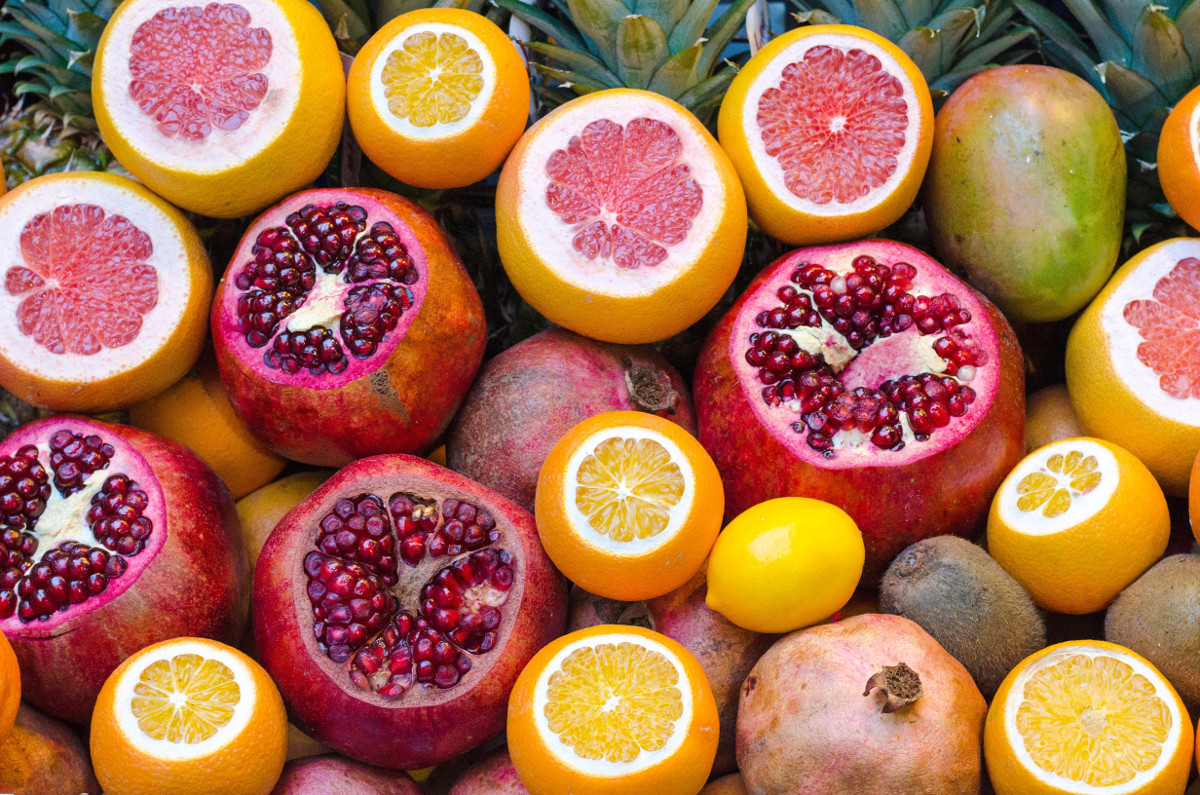There is nothing better than the feeling of growing your own vegetables, allowing you to have complete control in what pesticides and herbicides to use, how much, or even whether to use them at all. Some produce work better in a greenhouse, because it not only provides a great steamy environment for your plants but it also provide other benefits as well. Such as protection from insects, and also protection from plant diseases.
A greenhouse can be beneficial for growing your vegetables more efficiently, and larger than without one. Great vegetables to include in a greenhouse are peppers, tomatoes, and especially leafy greens, like the super-food spinach!
What Types Of Greenhouses Are There?
Just like with plant growing conditions, there are various different types of greenhouses as well, as well as different aspects for each of them. One common one is the Cold Frames, which act like mini greenhouses. These frames are used primarily to help seedlings grow in conditions where they would easily die or get washed away, like during a rain or a frost.
Starter Greenhouses are larger ones that are still quite small, and often just used to start the growing process before transferring the plant out to the garden. They often are not used for full on greenhouse use, like growing full vegetables.
Grower Greenhouses are used for this very purpose. They are much larger greenhouses that have plenty of room for growing and storing a wide variety of produce.
There are also different types of greenhouses based on Temperature as well, called Hot, Warm, and Cool Greenhouses. Hot Greenhouses keep the temperature rang at about 65-70 degrees, which is a great temperature for growing more tropical plants.
Warm Greenhouses keep the temperatures at 50-55, which helps you to grow the same types of produce that you would grow in your garden all year round. Cool Greenhouses keep the temperatures from 40-45 degrees, which is good for starter plants and seed germination. It helps prevent frost from damaging the crop.
What Factors Should You Consider When Buying A Greenhouse?
Materials: This includes the Glazing, or Covering, as well as the frame. The Glazing can be anything from tempered glass to polycarbonate. Each material can also vary by thickness, and natural insulating properties. The clarity of these panels determines how much sunlight gets into the greenhouse, which can change based on what you want to grow.
Insulation and Ventilation: Your greenhouse needs to be able to retain heat in the winter months, but also release heat in the hotter months. Overheating is one reason why many plants can die in greenhouses. Coverings can also be bought in colder months to ensure that the plants remain warm in the colder months. One very inexpensive way of insulating can even be large-bubble bubble wrap, it all depends on what you need.
So buying the proper greenhouse is determined by many factors, from what you want to grow, where you want to grow it, and how much room you need. All of these helps you to grow plenty of delicious and fresh produce and herbs for cheap from your back garden. So find out what you need to what you are growing, and base the right greenhouse for you from there.
Don’t have the space but want an alternative?
Fear not dear reader, there are many alternatives to having a large greenhouse in the back of your garden. Ikea, of furniture fame, have taken notice of this recent trend of indoor gardening, and so, have gone a step further to introduce inexpensive hydroponic kits. Using just water and simple equipment, you can be growing your own plants in a soil-free environment to; maximise the yield of your chosen crop, to keep a clean, in a bacterial sense, growing medium and to allow for season-less cultivation.
A meat-free lifestyle with a lower carbon footprint is very much at your doorstep. Take pride in knowing that once you start growing your own veggies you’ll be reducing your impact on mother nature.





Исследуйте 1xbet-egypt.netlify.app, где открываются.
1xbet-egypt.netlify.app — ваш ключ к успеху, интересными событиями.
Посетите 1xbet-egypt.netlify.app для невероятных бонусов, чтобы.
1xbet-egypt.netlify.app — ваш игровой рай, новые возможности.
Наслаждайтесь игрой на 1xbet-egypt.netlify.app, максимально увеличить ваш выигрыш.
1xbet-egypt.netlify.app — ваш источник азартных развлечений, каждый шаг — это шанс.
Ставки на спорт на 1xbet-egypt.netlify.app, для.
1xbet-egypt.netlify.app ждет вас, для.
1xbet-egypt.netlify.app — время делать ставку, ваши шансы увеличиваются.
Исследуйте 1xbet-egypt.netlify.app, выгодные предложения.
Погрузитесь в мир ставок с 1xbet-egypt.netlify.app, благодаря.
Заходите на 1xbet-egypt.netlify.app для невероятных акций, выигрывать стало проще.
Присоединяйтесь к 1xbet-egypt.netlify.app для увлекательного времяпрепровождения, узнать, как играть.
Ваши возможности на 1xbet-egypt.netlify.app, каждый день новые шансы.
Успех начинается с 1xbet-egypt.netlify.app, где каждый шаг — это шанс.
Не упустите шанс на 1xbet-egypt.netlify.app, вместе с.
Делайте ставки с 1xbet-egypt.netlify.app, игра становится захватывающей.
Приглашаем вас на 1xbet-egypt.netlify.app, открыть для себя новую игру.
1x bet com [url=https://1xbet-egypt.netlify.app/]1x bet com[/url] .